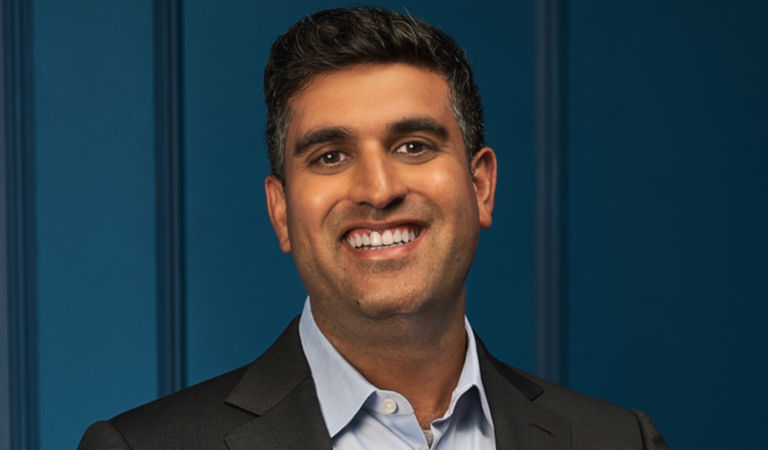Equity markets fell dramatically last Friday after US Federal Reserve (Fed) Chair Jerome Powell delivered a short speech at the Fed’s annual Jackson Hole conference. In my view, two things made Powell’s latest speech more hawkish than his prior comments this year:
- He recognized the pain that higher interest rates will create for US households and businesses, and he seemed comfortable with that fact. Previously, we had heard comments by Powell and other Fed officials about how a “soft” economic landing might still be possible.
- He put the job of reducing inflation squarely on the Fed’s shoulders. He acknowledged that supply-side issues from COVID and the Russia/Ukraine war have contributed to higher inflation, but still argued that it’s the Fed’s responsibility to bring demand down to align with contracted supply.
Powell’s latter statement struck me as particularly hawkish given the further supply-chain disruptions that might result from the ongoing European gas crisis.
Why the change in Powell’s rhetoric?
The question is: Why did Powell feel the need to sound a decidedly more hawkish note in his statements last week?
Over the past several weeks, the Fed has been actively trying to “push back” on the market’s interpretation of recent economic data releases — such as the lower-than-expected July inflation print (8.5%, down from 9.1% in June), as well as weaker GDP growth numbers. At the beginning of August, the market was pricing in that the Fed would hike its policy rate to 3.5% by early 2023, but then engage in a rate-cutting cycle until the policy rate reached 2.75% by the end of 2023. Powell felt it was time to set the record straight and redirect the market narrative that had taken hold.
Getting to (and above) a neutral policy rate
While Powell’s words and tone last week certainly surprised (read: unnerved) markets, I believe the Fed has considerably more policy flexibility now that the fed funds rate is closer to the central bank’s definition of “neutral” — the rate at which monetary policy is neither contractionary nor expansionary. The Fed now faces three key decisions:
- How swiftly to move rates above neutral;
- How high to raise rates above neutral; and
- How long to keep rates at that level.
The Fed seems intent on moving rates quickly above neutral in an effort to anchor inflation expectations; however, there is a fair amount of consensus within the Fed these days that the peak rate it will need to target is somewhere in the neighborhood of 3.5% to 4.25% — and that it anticipates holding the policy rate there for at least two years.
Don’t forget about data-dependent mode
However, the Fed is now in “data-dependent” mode and, as such, the answers to these three questions might change going forward based on incoming information.
The most important data the Fed will be watching in the months ahead will come from the US labor market. The last nonfarm payrolls employment report was exactly the opposite of what the Fed wanted to see. We had really strong job growth (i.e., labor demand), yet the labor force participation rate has continued to fall (i.e., less labor supply). I believe the Fed will want to see job growth slow and/or labor supply increase in order to change its policy stance.
On the inflation front, we learned through Powell’s speech that even if realized inflation did top out in June 2022, the Fed is very focused on anchoring inflation expectations. Market-implied measures of inflation expectations are within the Fed’s preferred range, but survey-based measures remain too high for the Fed’s comfort. Unfortunately for markets, we also learned last Friday what the Fed is not planning to take into account in its monetary policy decisions: slowing economic growth and the effect on markets that higher interest rates are likely to have.





















